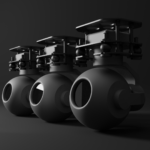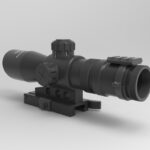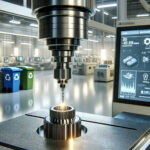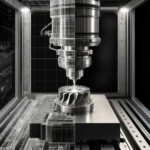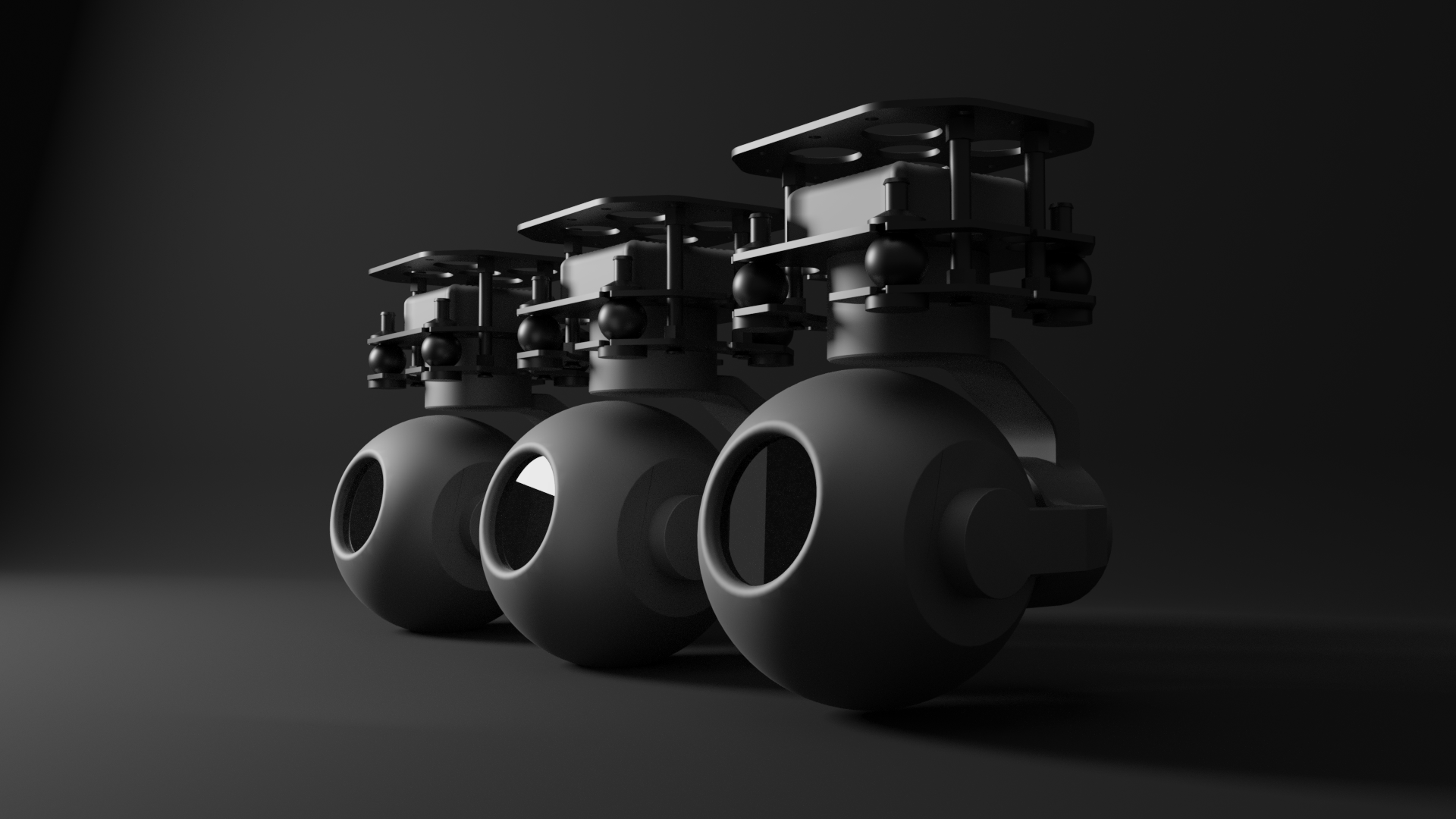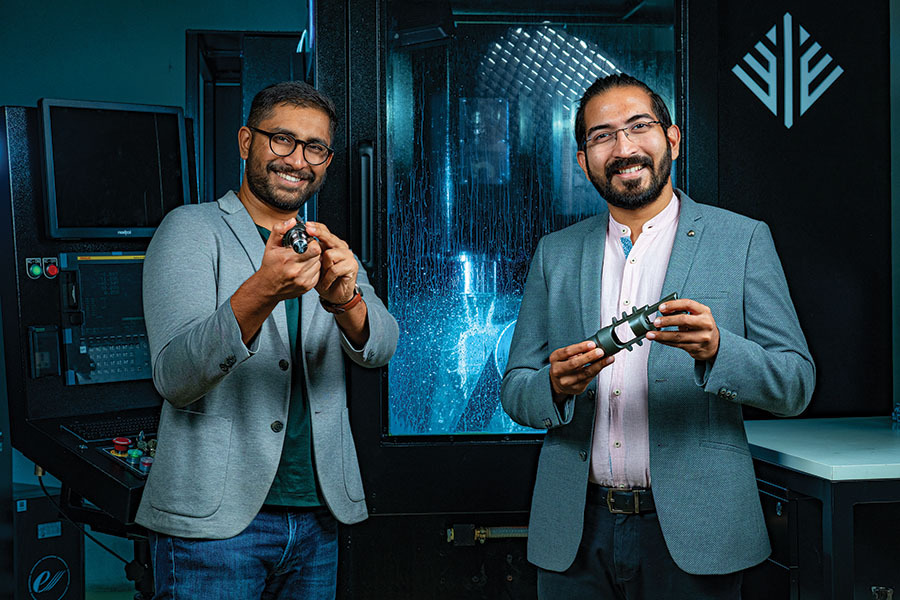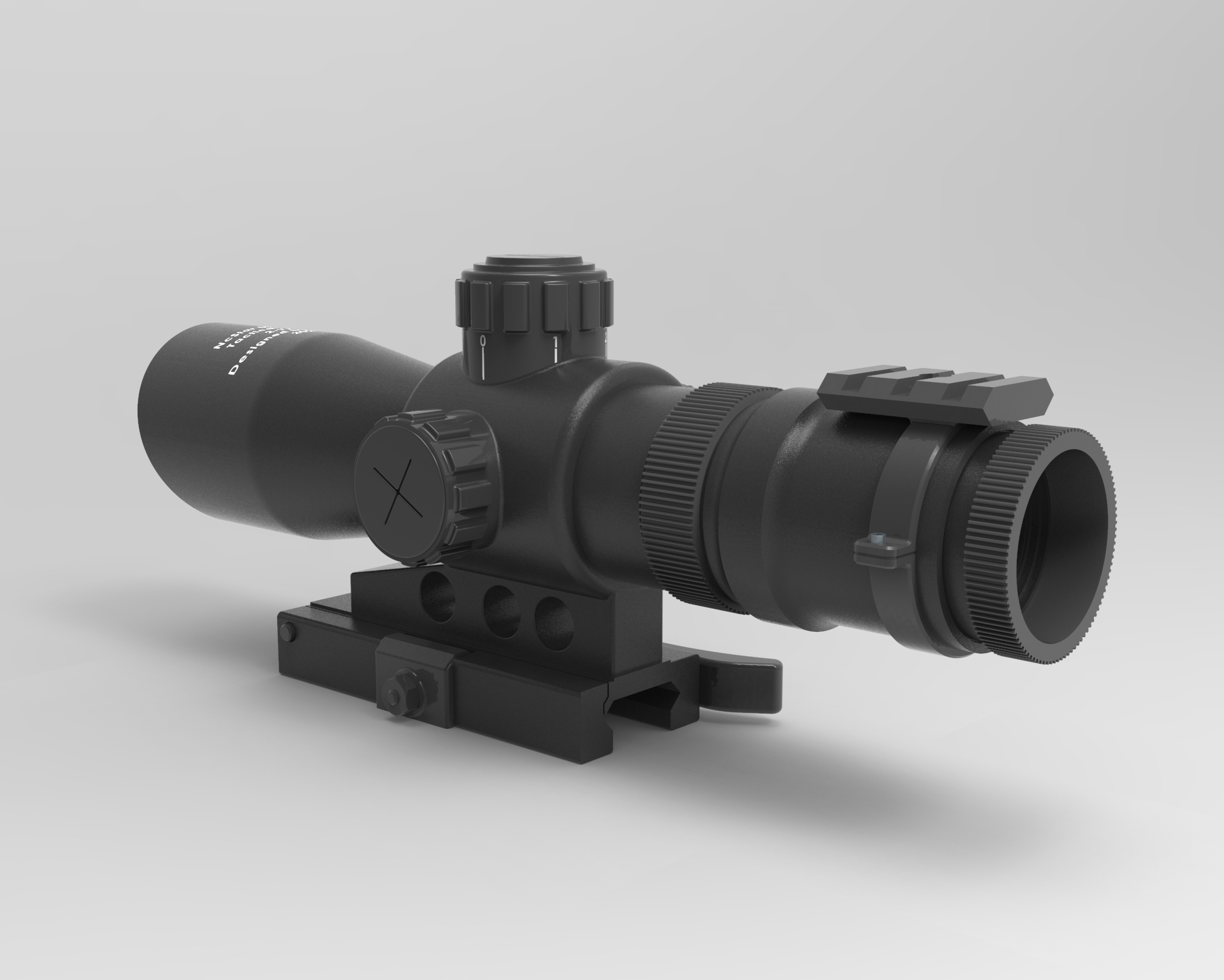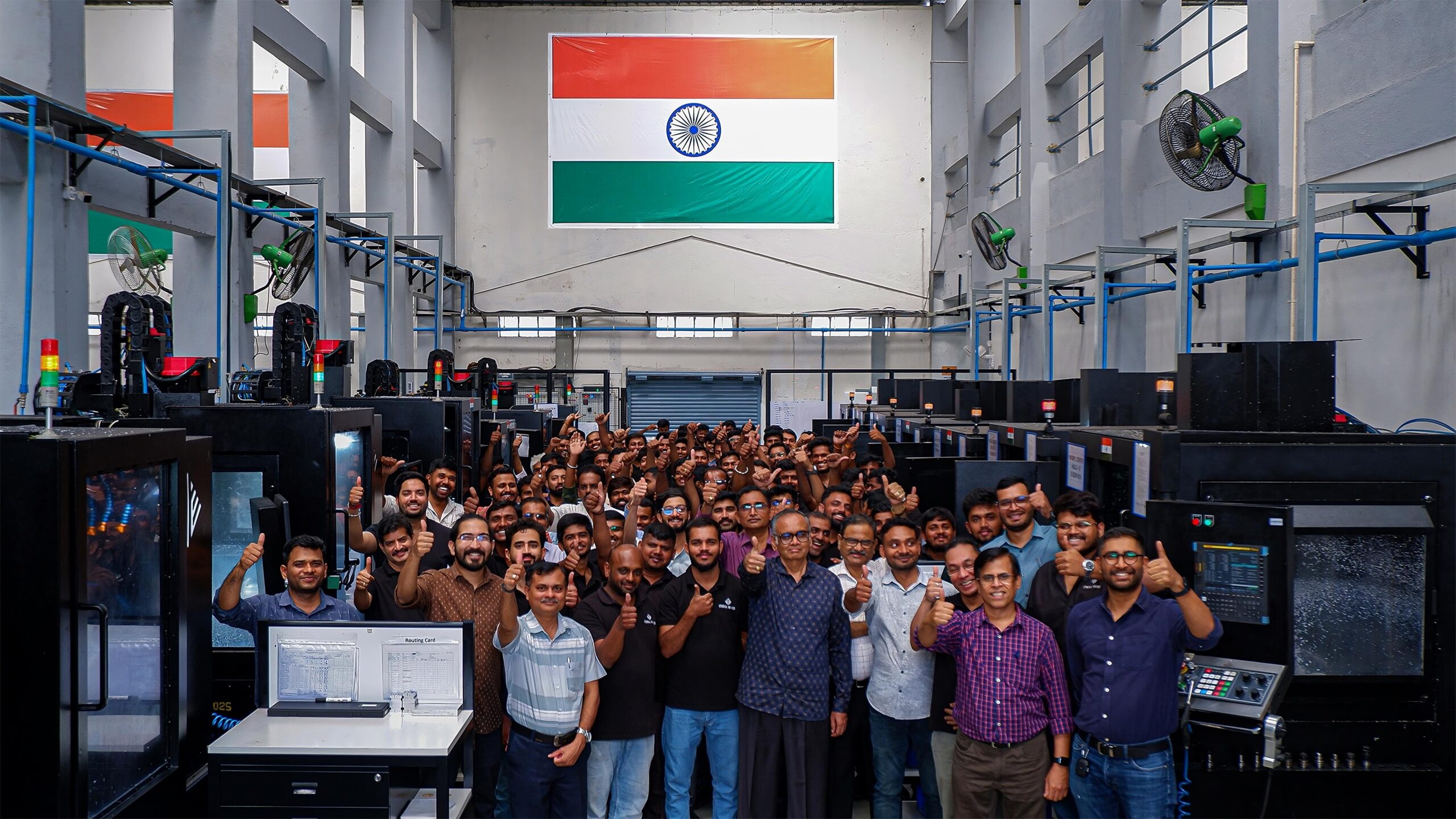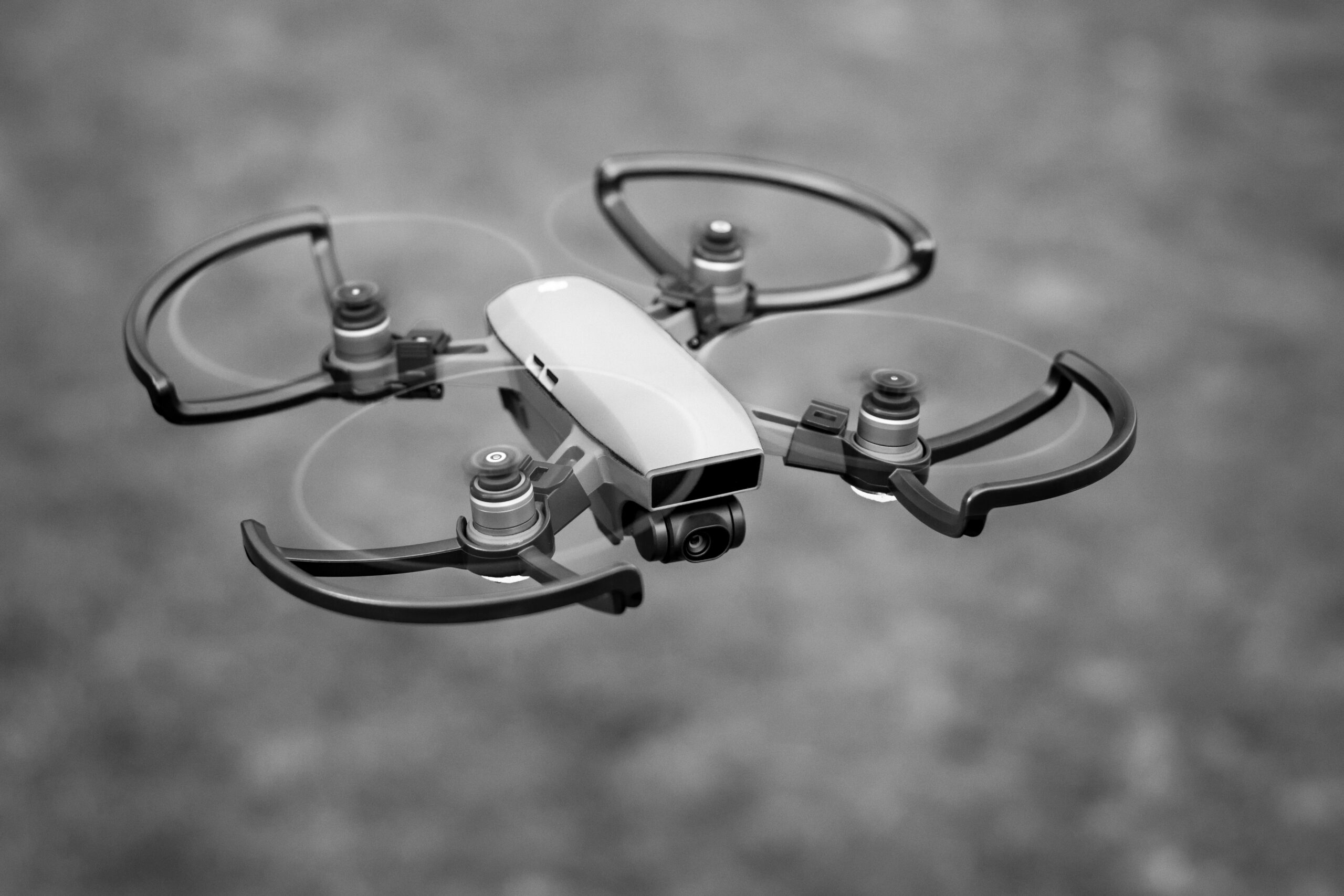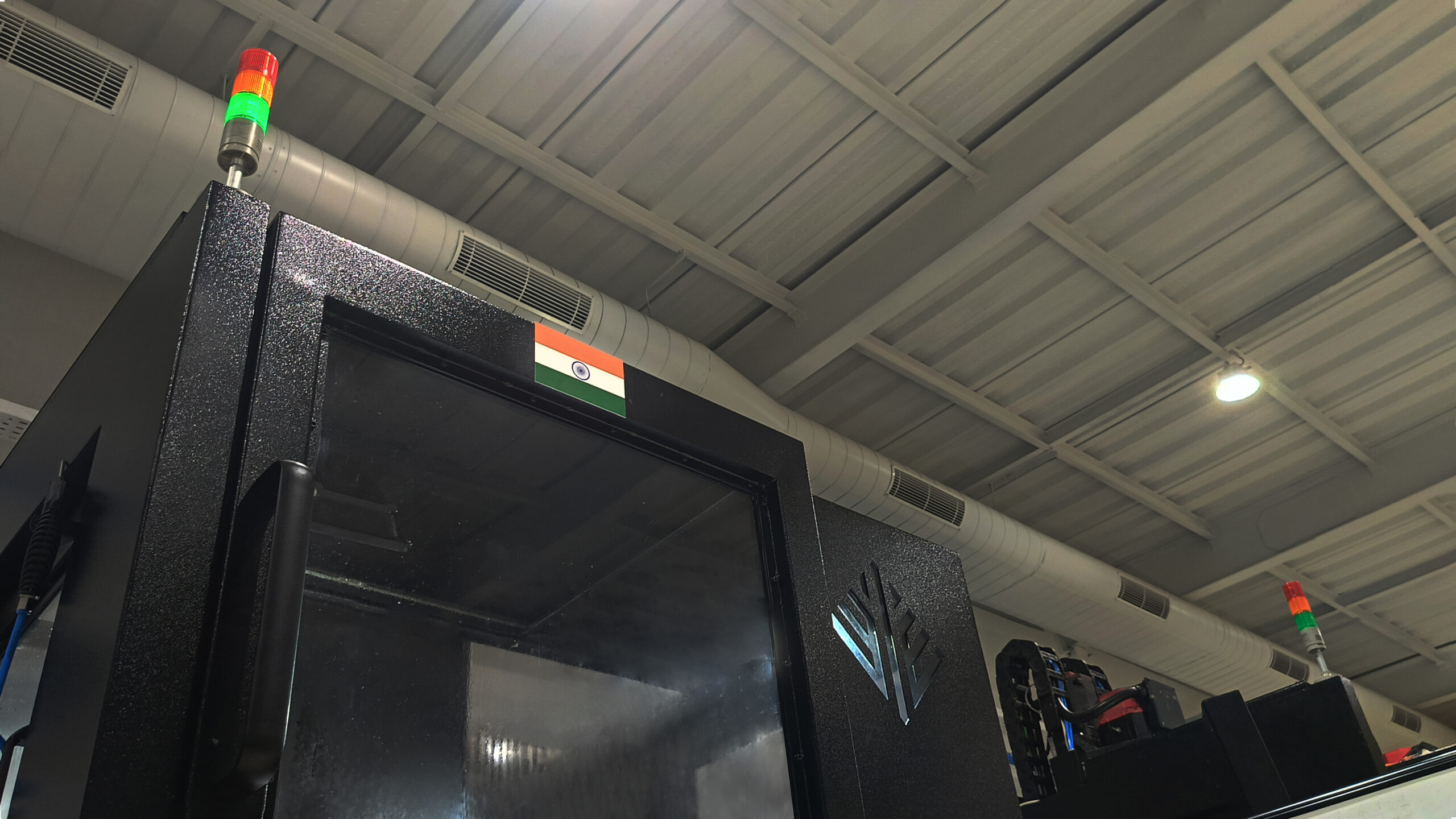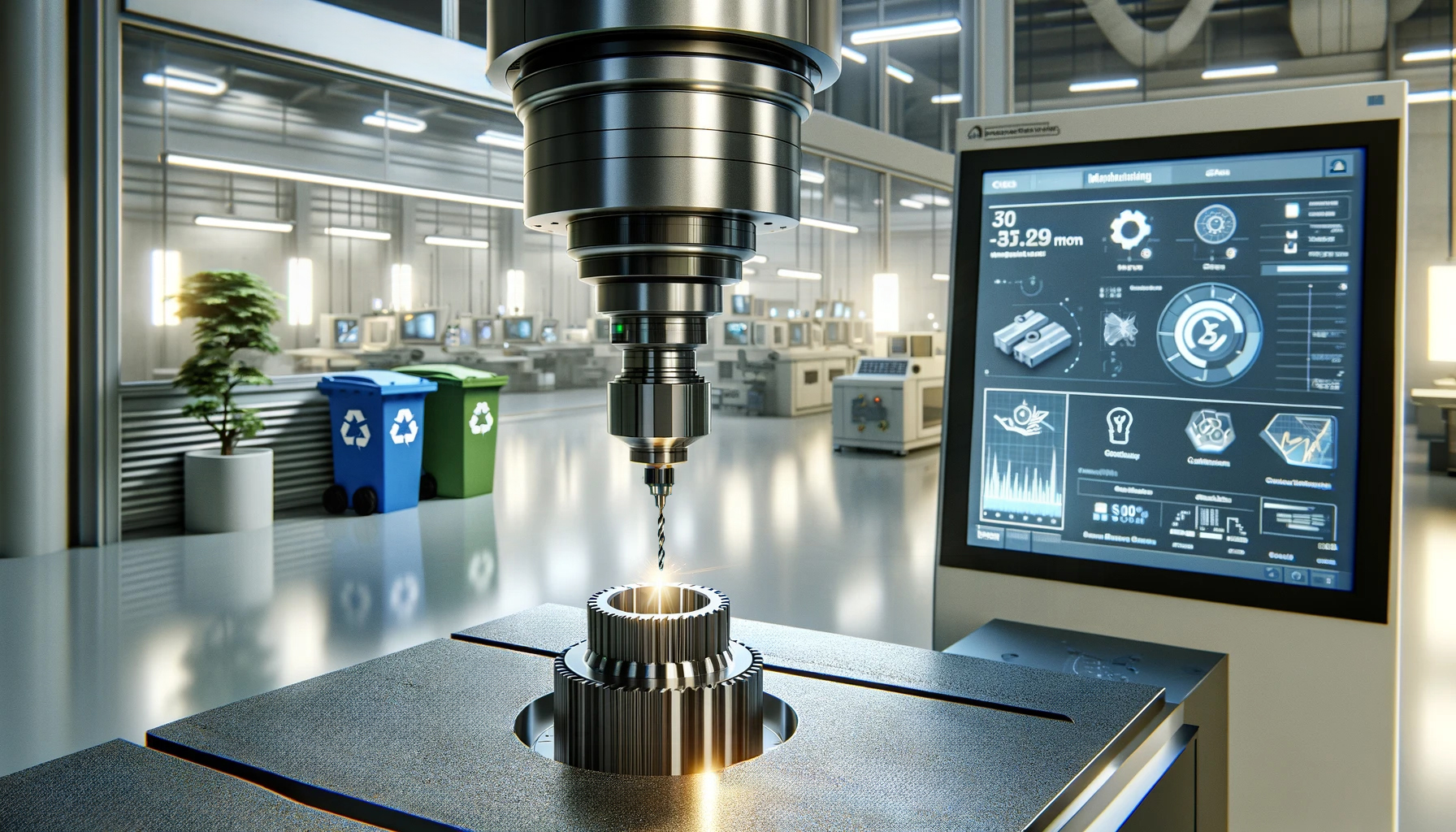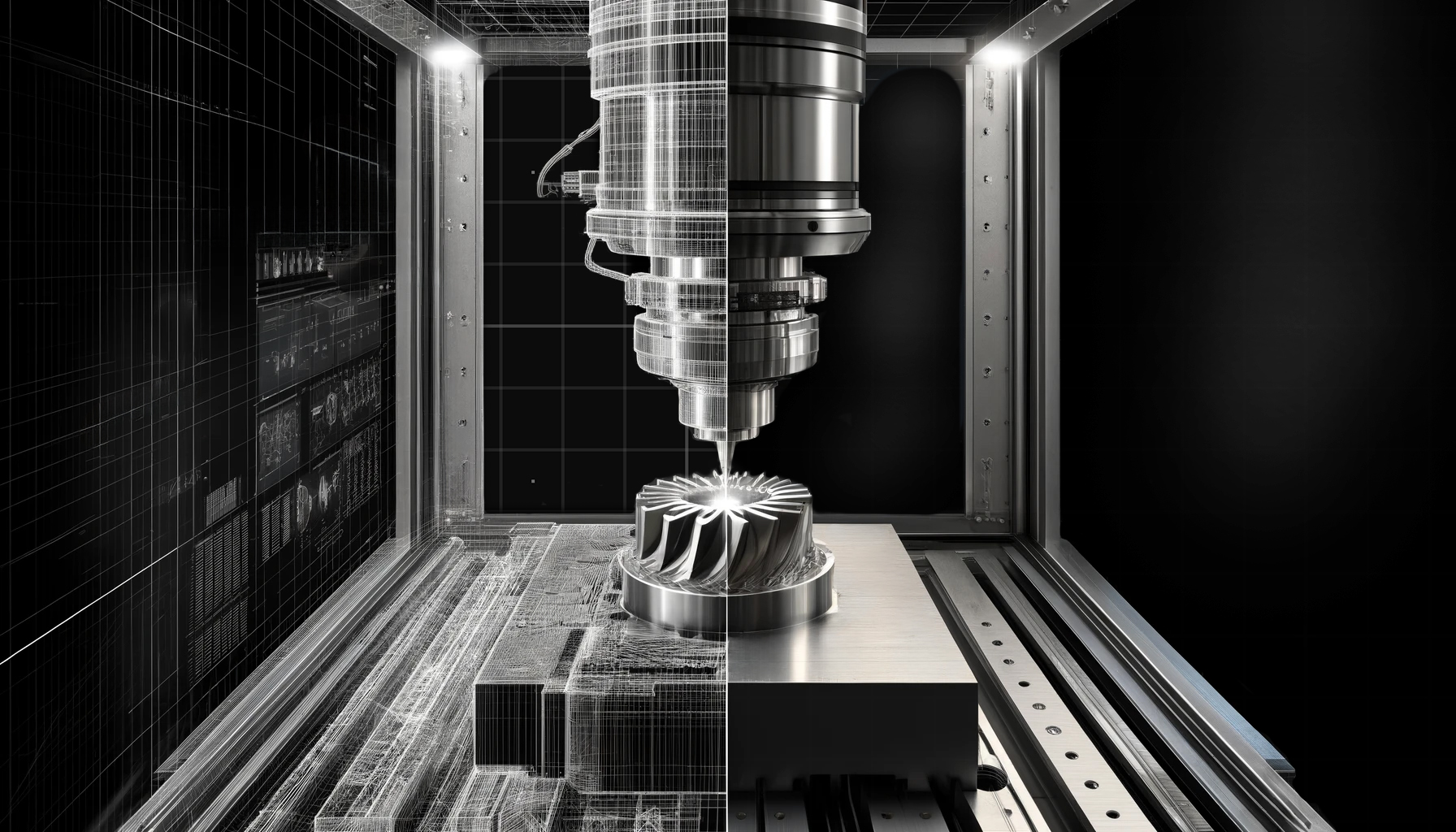Advanced Vibration Control Techniques in Precision CNC Machining
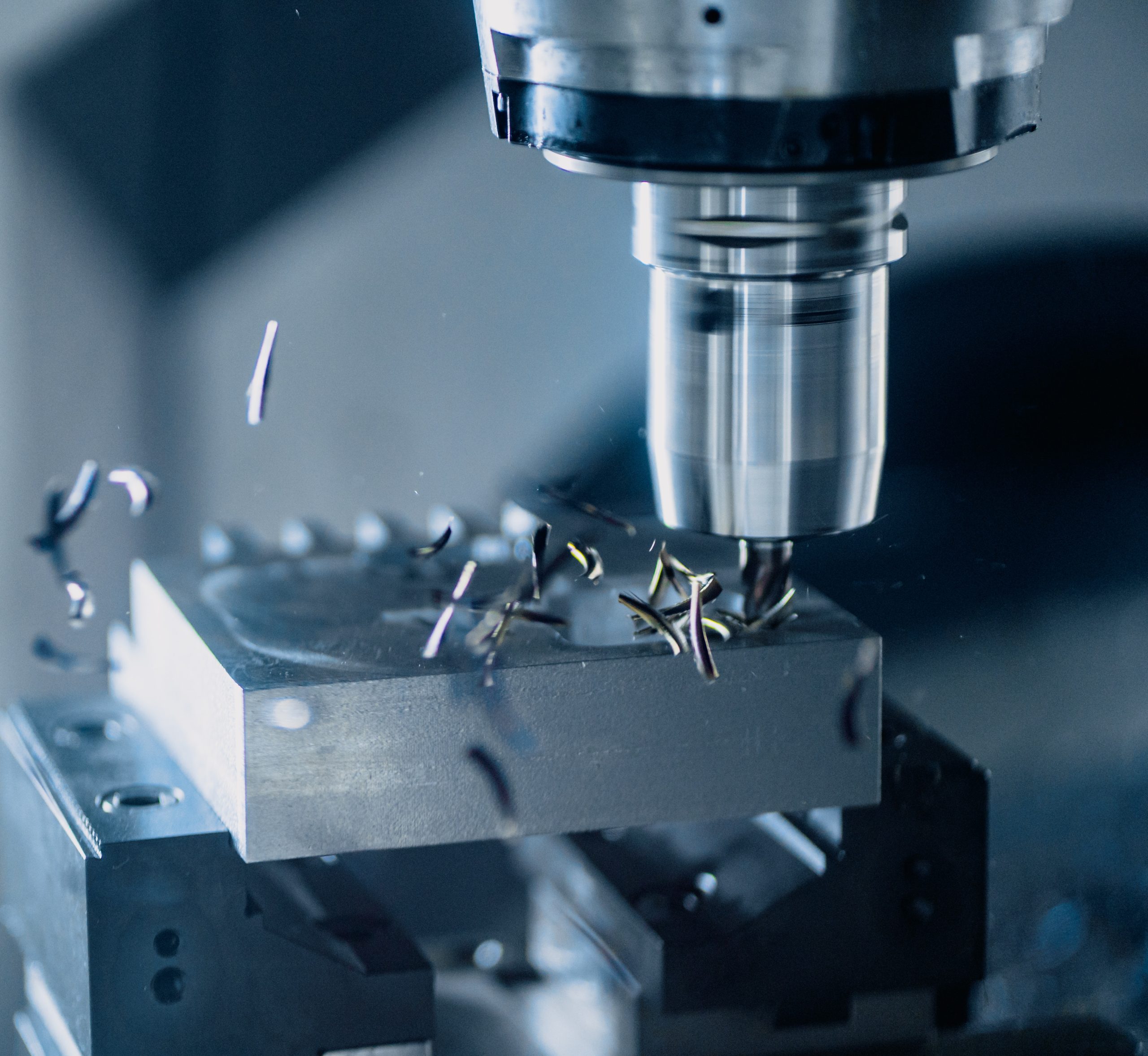
In industries like aerospace, medical devices, and high-performance automotive manufacturing, where precision is critical, the quality of CNC machining services can significantly impact the success of your projects. Minor inaccuracies can have major consequences, underscoring the importance of selecting a CNC service provider skilled in controlling and minimizing vibration during machining. Vibration isn’t just a nuisance—it’s a major barrier to achieving the ultra-precise results required in these environments. Effective vibration control goes beyond equipment maintenance or toolpath optimization; it ensures that every component meets the highest quality and reliability standards.
Understanding Vibration in CNC Machining
What is Vibration?
Vibration is the oscillatory motion of a body or a component, characterized by its amplitude, frequency, and velocity. In the context of CNC machining, vibrations are unwanted disturbances that can originate from various sources and propagate through the machine structure, affecting the machining process. These vibrations can lead to issues such as tool wear, surface finish defects, and dimensional inaccuracies in the machined parts. Understanding the nature and behavior of vibrations is essential for diagnosing problems and implementing measures to mitigate their effects.
Vibration during CNC machining can significantly impact the precision and quality of the final product. Recognizing where these vibrations originate is crucial for implementing effective control strategies. There are generally two categories of vibration sources: inherent machine vibrations and external vibrations.
Inherent Machine Vibrations
These vibrations are generated by the machinery itself during the operation. Key contributors include:
- Spindle Rotation: The spindle holds and rotates the cutting tool. High-speed rotations necessary for cutting materials can generate significant vibration, especially if the spindle is misaligned or there is an imbalance in the tool assembly. This type of vibration can introduce errors in the machining process, affecting the dimensional accuracy of the final product.
- Tool-Workpiece Interaction: The interaction between the cutting tool and the workpiece can produce vibrations. This is particularly true when machining hard materials or engaging in complex cutting paths. The resistance of the material can cause the tool to chatter, leading to uneven cuts and a poor surface finish.
- Tool Wear: As tools wear down, their effectiveness and stability decrease, leading to increased vibration during cutting operations. Regular monitoring and maintenance of tools are essential to minimize these effects and maintain quality control.
External Vibrations
External vibrations come from sources outside the CNC machine itself. These include:
- Environmental Factors: Vibrations can be transmitted from nearby machinery or even from the building’s infrastructure. For example, vibrations from heavy machinery or passing traffic can affect the machining environment.
- Operational Impacts: Other operations within the facility, such as stamping presses or other heavy-duty machines, can generate shockwaves that propagate through the floor and affect CNC operations.
Understanding these sources is crucial for CNC service providers as it allows for targeted strategies in machine setup, maintenance, and operational planning to control and minimize vibration, thereby enhancing the precision of machined parts.
Strategies for Minimizing Vibration
The Role of Software in Vibration Control
Real-time vibration monitoring is a crucial feature in advanced CNC software, involving the continuous collection and analysis of vibration data during machining. This capability enables immediate detection of abnormalities, allowing for prompt corrective actions to minimize errors and defects. By analyzing extensive data on vibration patterns, the software provides valuable insights that help in identifying trends and root causes, facilitating the development of targeted solutions. Additionally, real-time monitoring supports predictive maintenance by detecting signs of wear and tear early, thereby reducing downtime and extending equipment lifespan.
Adaptive control systems further enhance CNC machining by dynamically adjusting machining parameters based on real-time data, ensuring optimal performance and precision. These systems can modify the toolpath on the fly to maintain stability and consistent quality, automatically optimize parameters like cutting speed and feed rate, and significantly improve the surface finish of machined parts by minimizing vibrations. Such improvements are particularly beneficial in industries where high-quality surface finishes are critical, such as aerospace and medical devices, thereby enhancing the overall efficiency and precision of the machining process.
Integration with Advanced Sensors
Modern CNC software often integrates with advanced sensors to enhance vibration control. These sensors provide detailed and accurate data that the software uses to monitor and control vibrations. Examples of sensor integration include:
- Accelerometers: These sensors measure the acceleration of the machine components, providing precise data on vibrations. The software uses this information to detect and mitigate vibration-related issues.
- Force Sensors: Force sensors measure the forces exerted during machining, helping to identify any anomalies that could indicate excessive vibrations. The software can then adjust machining parameters to reduce these forces.
- Displacement Sensors: Displacement sensors track the relative movement of machine components, allowing the software to identify and correct misalignments that may cause vibrations.
Innovative Machine Design
The design of the CNC machine itself plays a critical role in vibration control. Here are some innovative design features that help:
- Enhanced Damping Systems: Modern CNC machines incorporate materials and design elements that absorb vibrations effectively. Nature, with its remarkable ability to mitigate vibrations in various organisms during locomotion, serves as a profound source of inspiration. Consider, for instance, the ingenious shock-absorbing qualities found in cartilage within joints or the damping prowess exhibited by muscle tissues. These natural marvels inspire the emulation of similar mechanisms within CNC machines to attenuate vibrations. For example, some machines use polymer composites or specially engineered bases that dampen vibrations, ensuring the machine’s stability during operation.
- Rigid Machine Structures: The overall rigidity of the machine frame significantly affects its susceptibility to vibration. Machines designed with enhanced structural integrity are less likely to experience vibration-induced inaccuracies, leading to more consistent and precise outputs.
By incorporating these advanced strategies, CNC providers ensure that your projects are not only executed with high precision but also with optimal efficiency and reliability. Advanced toolpath optimization and innovative machine design are key to maintaining the high standards required in precision-sensitive industries.
Conclusion
Effective vibration control in CNC machining is not merely about maintaining the accuracy and quality of the machined components; it is about ensuring the reliability and safety of the products that play crucial roles in industries such as aerospace, medical devices, and automotive manufacturing. By understanding the sources of vibration and implementing advanced strategies like toolpath optimization and innovative machine design, CNC service providers can significantly enhance the performance and outcome of their manufacturing processes.
Choosing the right CNC provider—one that understands these challenges and employs the latest technologies to overcome them—is essential for any project that demands high precision. Such a provider ensures that each component produced meets stringent quality standards, thus supporting your goals for reliability and trust in your products.
On-demand CNC Machining Services by Ethereal Machines offers the perfect solution for your CNC machining needs. With secure and confidential processes, you can get an instant quote and access expert advice from their technical team. Whether you need custom CNC machined parts or have a specific project in mind, Ethereal Machines is committed to helping you every step of the way. Try MAAS now and achieve your goals with ease.
Views: 184

